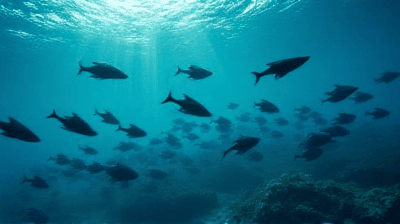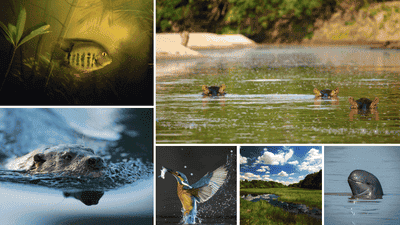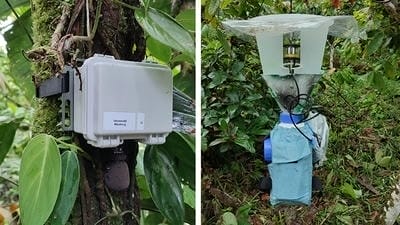In recent decades, the world has witnessed an alarming rate of biodiversity loss and ecosystem degradation. From the disappearing rainforests of the Amazon to the bleaching coral reefs of the Great Barrier Reef, the signs of ecological collapse are becoming impossible to ignore.




